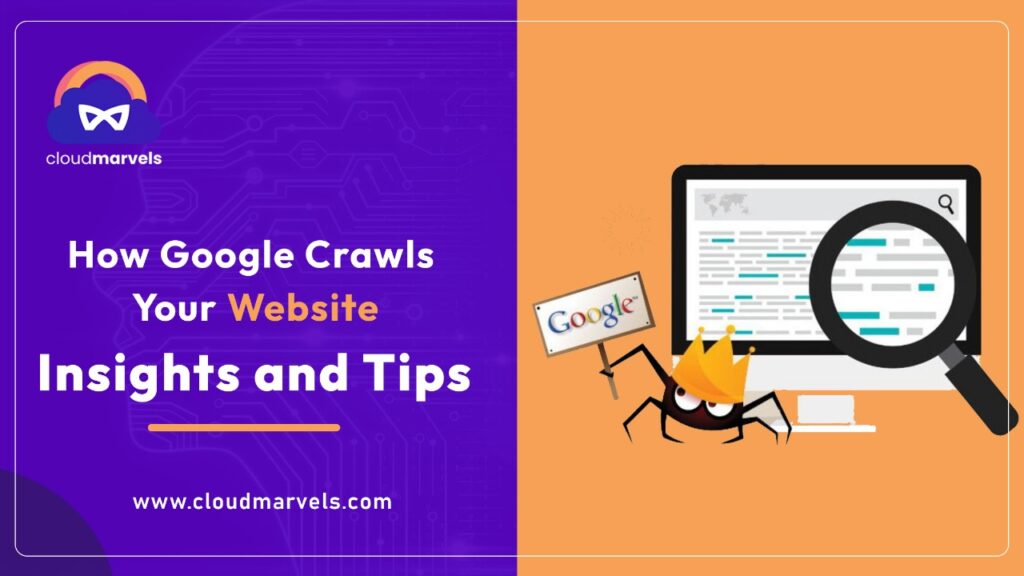Google recently confirmed three key factors that can increase the frequency at which Googlebot crawls your website. Understanding these factors can help you optimize your site for better visibility and ensure that your content is being regularly indexed.
1. High-Quality Content and Crawling Frequency
One of the most significant triggers for increased Googlebot crawling is the quality of your website’s content. Google’s algorithms are designed to prioritize high-quality, helpful content that users engage with positively. If your site consistently delivers valuable information, Googlebot is more likely to revisit it frequently.
Gary Illyes from Google emphasized this point, stating that websites with content that is perceived as high-quality and beneficial are crawled more often. Although Google doesn’t explicitly outline what constitutes ‘high-quality’ content, it is generally understood to include well-researched, relevant, and engaging material that meets users’ needs.
2. Understanding Signals of Quality and Helpfulness
While Google keeps its specific criteria for assessing quality somewhat opaque, there are a few educated guesses we can make based on available information. For instance, factors like user engagement, branded searches, and positive user interactions may all play a role in signaling to Google that your site is worth crawling more frequently.
Patents like the Navboost patent suggest that Google may consider user interaction signals when determining crawl frequency. Although it’s not as simple as click-through rates (CTR), user satisfaction seems to be a significant factor. Sites that consistently meet user expectations—whether through straightforward content or user-friendly design—are more likely to trigger frequent crawls.
3. Catering to User Expectations
Understanding your audience and delivering content that meets their expectations is crucial. Google’s algorithms are increasingly focused on user satisfaction, much like how supermarkets stock their shelves with popular products. If your website can consistently provide the type of content that your audience expects and finds useful, Google is more likely to recognize it as a helpful resource and increase crawling frequency.
This approach may sometimes mean catering to mainstream preferences rather than niche or expert-level content. For example, a website offering simple, easy-to-follow recipes might rank higher and be crawled more often than a site with more complex or authentic recipes, simply because it meets the needs of a broader audience.
Conclusion
Googlebot’s crawling behavior is influenced by several factors, with content quality and user satisfaction being among the most critical. By focusing on creating high-quality, helpful content that resonates with your audience, you can encourage more frequent Googlebot visits to your site. However, it’s important to remember that while AI and algorithms can guide these processes, understanding and meeting your audience’s expectations is key to long-term success in SEO.














